Inflight wifi is a major advancement in aircraft technology that’s rapidly revolutionizing the way passengers experience air travel. No longer are passengers confined to the limited onboard entertainment options afforded to them; now, they can access the internet from their device and surf the web, stream movies, shop online, or even work during their flight!
High-speed inflight wifi has made it easier than ever for passengers to stay connected and entertained while flying, and many airlines are beginning to offer this service to their passengers. With the growing availability of this amazing service, the future of flight entertainment is certainly looking bright
Staying Connected at 30,000 Feet Above Sea Level
Air travel has come a long way since the Wright brothers made their first flight over 100 years ago. Today, modern aviation has brought us faster planes, better cabin amenities, and more advanced safety protocols.
But perhaps one of the most significant advancements in air travel in recent years is the availability of in-flight WiFi. No longer do you have to disconnect from the world while flying; you can stay connected at 30,000 feet above sea level with just a few taps on your device. In this blog post, we’ll dive into the ins and outs of in-flight WiFi and how it’s changing the way we fly.
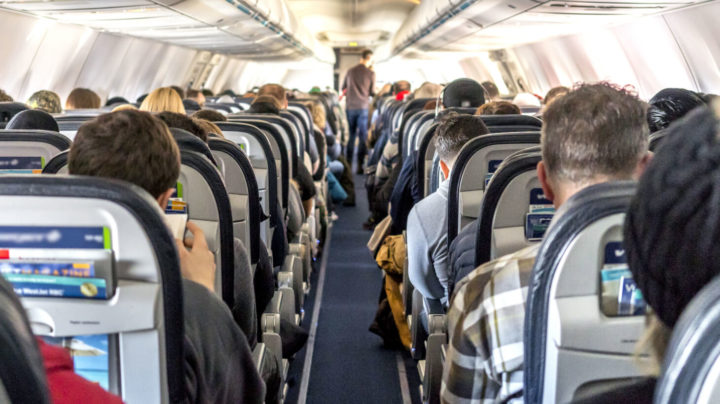
Stay Connected in the Clouds: The Latest Inflight Wifi Options
Continuing from the previous sections, in-flight Wi-Fi is becoming increasingly common with many airlines offering upgraded, high-speed internet access on select flights. T-Mobile customers even have unlimited Wi-Fi access for free. However, for those who are not T-Mobile customers or do not have access to free Wi-Fi, there are options to purchase internet for a fee. Prices vary depending on the airline, with some offering a one-hour pass and others providing access for the entire duration of the flight.
Additionally, some airlines offer internet access for free to business class passengers or frequent flyers. Overall, In-flight Wi-Fi has become an important offering for many airlines as they aim to provide a fully connected travel experience for their passengers.

In addition to the upgraded Wi-Fi available for purchase on select domestic flights, many airlines offer free in-flight entertainment portals that include a flight tracker, movies, TV shows on demand, and live TV. Some airlines even offer unlimited texting during flights as part of their phone plans.
It’s important to note that pricing for Wi-Fi varies by airline, but access is becoming more and more common on domestic and short-haul international flights. In fact, American Airlines recently upgraded their in-flight Wi-Fi service to be faster and more reliable. Overall, staying connected while in the air has never been easier or more accessible.
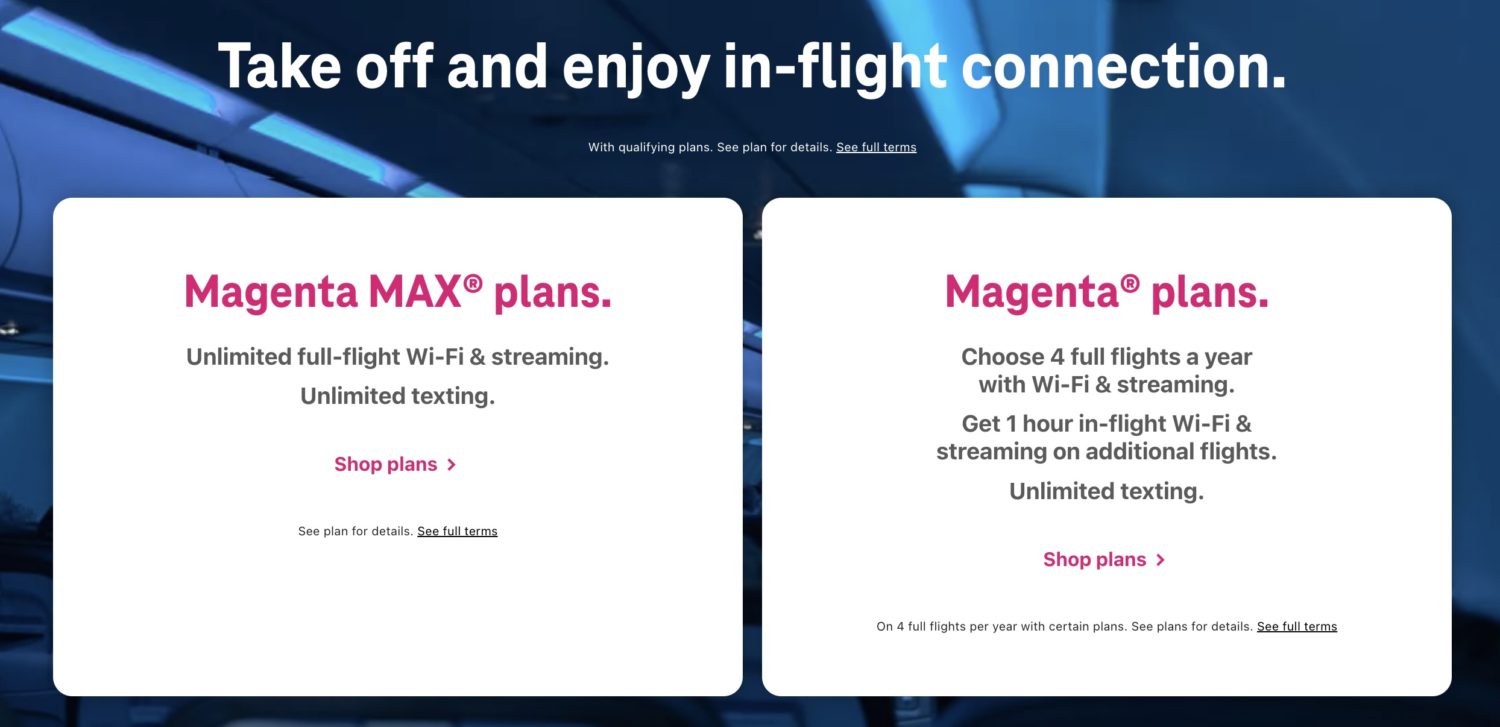
3.High-Speed Communication: Discover the Best Inflight Wifi Providers
For passengers in Premium Economy Class and Economy Class, inflight internet services may not be automatically included in their tickets. However, they can easily purchase internet plans to stay connected throughout their flight. And for those who love to shop while in transit, don’t forget to earn TrueBlue points for every eligible dollar spent on inflight purchases from Amazon.
Inflight Wi-Fi connectivity is available on select airlines and aircraft models, so it’s important to check with your airline beforehand. From pricing to usage, it’s always helpful to know the details before taking off. But with unlimited texting and Wi-Fi included on select plans, staying connected in the air has never been easier!
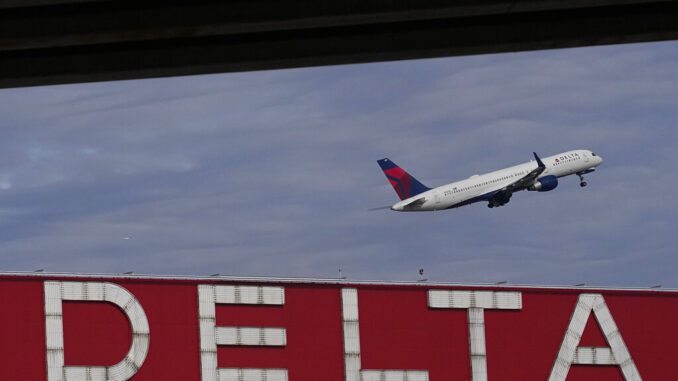
5.Wifi in the Sky: A Comparison of Domestic & International Options
Continuing its efforts to provide its customers with a premium travel experience, Delta Air Lines has announced the rollout of free in-flight Wi-Fi on all domestic flights starting February 1, 2023. The airline aims to provide its passengers with seamless connectivity and to enhance satisfaction levels during their journey.
Delta is partnering with T-Mobile to offer this service to all SkyMiles members. The company plans to expand its Wi-Fi services to international flights and regional jets by 2024. With free messaging and in-flight entertainment alongside high-speed internet access, passengers can now enjoy their time on board without worrying about staying connected.

6.Stream, Browse, Connect… Onboard: Inflight Wifi’s Top Features
Moving on to the sixth section of the blog, it’s essential to know how to get the most out of inflight internet bandwidth. With Wi-Fi 6 (802.11ax) being the next generation in WiFi technology, it’s worth investing in a device that supports it. The speed and efficiency that come with Wi-Fi 6 can make a significant difference in your inflight browsing experience.
However, it’s also crucial to note that the quality of inflight Wi-Fi can vary depending on the airline, route, or even the weather conditions. Hence, it’s essential to research and compare the different airlines’ inflight Wi-Fi services to determine which one works best for your travel needs. Overall, by staying informed and using the latest technology, you can enjoy seamless inflight internet connectivity on your future trips.
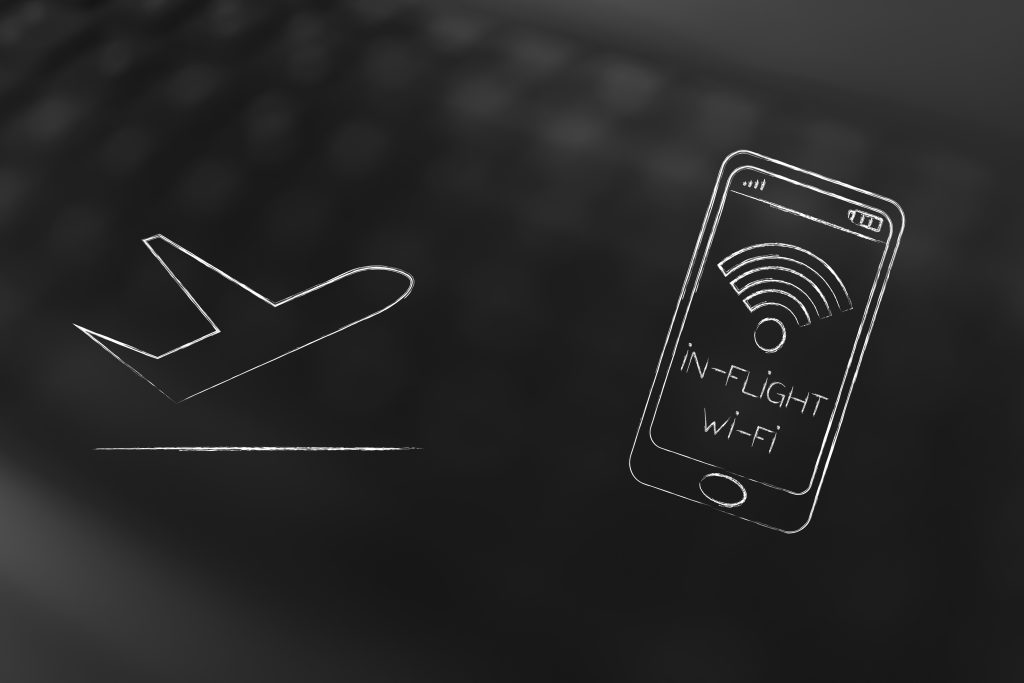
7.Inflight Wifi for Business & Pleasure: The Pros and Cons
With the release of WiFi 7 just around the corner, inflight WiFi is about to get even better. Passengers can look forward to faster speeds and lower latency, making streaming movies or surfing the web a seamless experience. Additionally, WiFi 7 taps into all three WiFi bands, allowing for smoother and more reliable connections. Passengers will no longer have to worry about connectivity issues or being stuck with slow, outdated technology. The advancements in WiFi technology will revolutionize the inflight experience and make traveling more enjoyable for all.
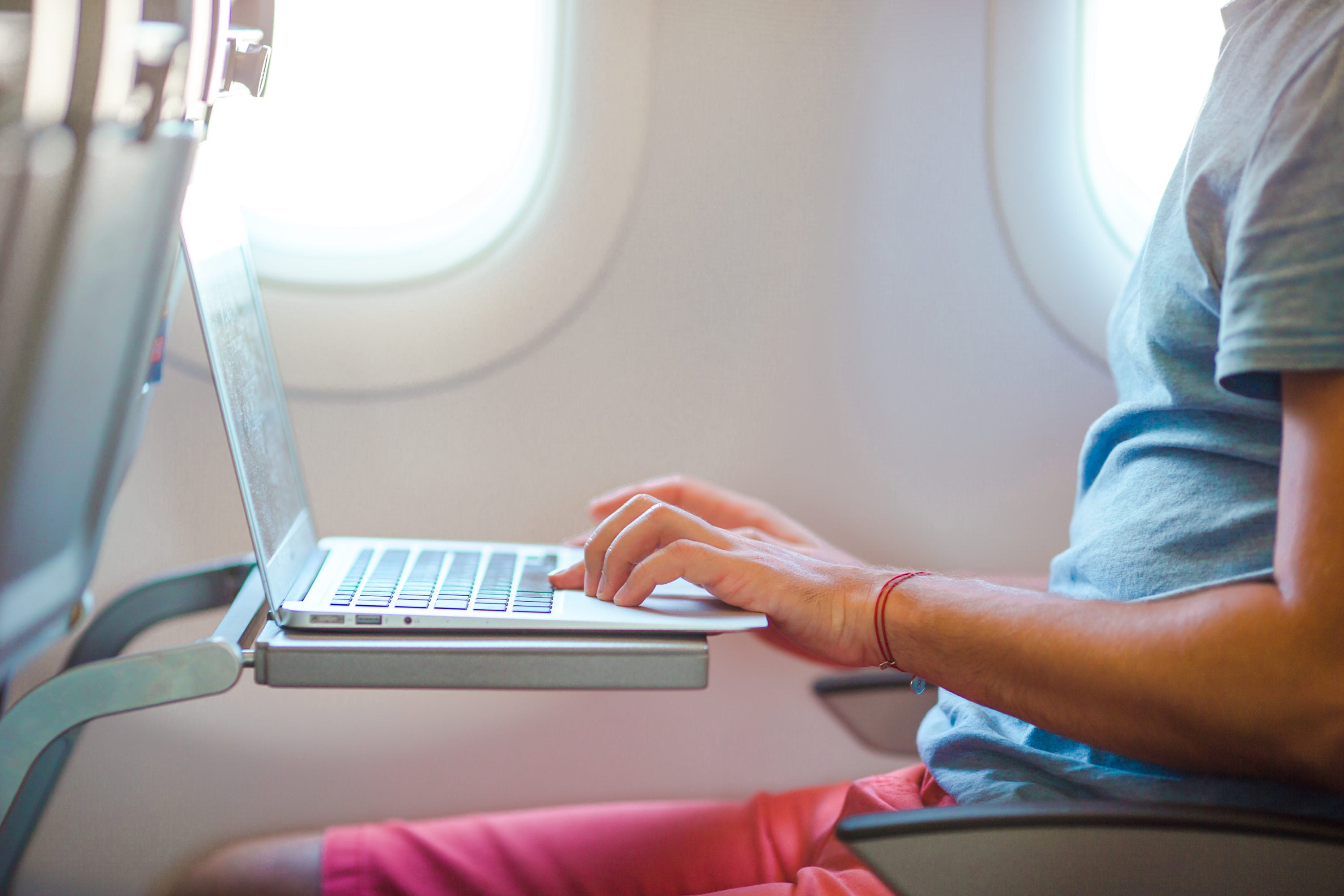
8.The Ins and Outs of T-Mobile’s Free Inflight Wifi
In addition to the complimentary features available on the inflight entertainment portal, passengers can purchase upgraded, high-speed Wi-Fi on select domestic flights. This allows them to browse the internet, check emails, and even stream video services. However, it’s important to note that voice calls are not allowed on the Wi-Fi network.
While some airlines offer free inflight Wi-Fi, it’s still a rarity in the industry. For those who choose to purchase internet access, the cost is $8 per day per device. The airline is also gradually rolling out Wi-Fi connectivity across its entire fleet, making it easier for passengers to stay connected while they fly.
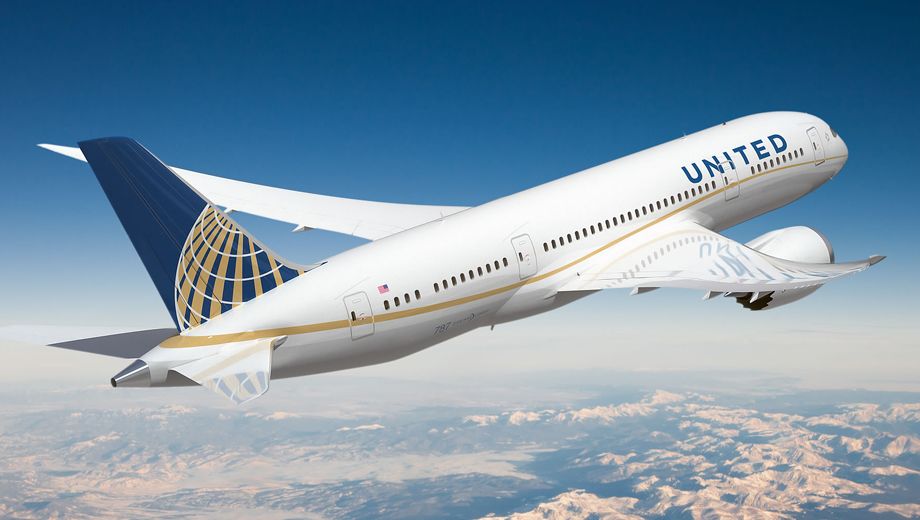
9.Maximizing Your Airline Credit Card Benefit: Inflight Wifi Edition
When it comes to inflight WiFi, it’s important to check if it’s available on your flight and if there are any fees associated with accessing it. While many airlines now offer the service, not all aircraft are equipped with WiFi, so it’s best to double-check before boarding. Some airlines, like Hainan Airlines and KLM, offer complimentary WiFi on certain flights, while others may require a fee or offer a limited amount of free messaging. No matter what your needs are, staying connected in the sky has never been easier or more convenient. So go ahead, browse, stream, and stay social while en route to your destination.

10.Staying Entertained Up in the Air: FAQs about Inflight Entertainment and Wifi
Continuing the hunt for the best inflight WiFi experiences, number 10 on the list takes us to JetBlue Airways. For just $9 per hour or $19 for a full day pass, passengers can enjoy high-speed connectivity with speeds of up to 20 Mbps. And for those who prefer a more leisurely use of their time in the air, JetBlue also offers free access to a range of entertainment options including TV shows, movies, and games. So whether it’s business or pleasure, JetBlue has you covered with its inflight WiFi options.
Benefits of inflight wifi
- Allows passengers to stay connected: Inflight wifi is increasingly becoming popular among passengers. It helps them stay connected to their business partners, colleagues, friends and families throughout the flight.
- Improves productivity and entertainment: Having Internet access onboard aircrafts makes it easier for passengers to work and stay entertained during flights. It also helps them complete any urgent tasks instead of waiting until they land.
- Keeps passengers informed: With inflight wifi, passengers can stay up to date with news, catch up on emails, receive important notifications such as flight delays or changes in gate assignments.
- Lowers aircraft operating costs: By offering inflight wifi, airlines can save costs on carrying printed newspapers and magazines and reduce the risk of lost items or pilfering. Additionally, passengers who are connected by wifi are more likely to purchase in-flight meals, beverages and other services.
- Increases revenue opportunities: Airlines that offer wifi can capture revenue opportunities by providing access to internet services and content such as games, music and movies.
How High-Speed Inflight Wifi Works
High-speed inflight wifi is the newest advancement in providing enjoyable flight experiences. With faster speeds and better reliability, passengers can now access online services, stream content, and stay connected to their work or social media while in the air. But how exactly does high-speed inflight wifi work?
When connecting to the internet from a plane, a passenger is connecting to a satellite network rather than a terrestrial network. This is done through an antenna that is installed on the exterior of the aircraft. The antenna connects to the satellite, and the signal is then sent to a control unit inside the cabin. This control unit is connected to the onboard router, which is used to distribute the signal and create a wireless network.
The router then sends the signal to the cabin and allows passengers to connect to the internet on their devices. This router is connected to an onboard server and provides access to multiple services, such as streaming online content. By providing the router with a direct connection to the satellite, the signal is stronger and reaches higher data speeds.
In order to provide this high-speed service, the airline must establish a contract with a company that provides satellite internet. This company will maintain the necessary equipment and manage the connection. They also provide support and troubleshooting if needed. The airline can then choose a data plan based on the level of service they want to provide and the cost.
What Technology is Used to Provide Inflight Wi-Fi?
Inflight Wi-Fi is becoming more common on airlines around the world. Passengers increasingly expect to be able to access the internet and stay connected during their flights, whether for work or entertainment purposes. But what technology is used to provide inflight Wi-Fi?
The two most popular technologies for inflight Wi-Fi are ground-based systems and satellite-based systems. Ground-based systems use cell towers on the ground to provide internet connectivity to the plane. However, this only works over land and not over oceans or other remote areas.
Satellite-based systems, on the other hand, use satellites to provide internet connectivity to the plane, making it a more reliable option for long-haul flights. These systems are constantly evolving, with companies such as Gogo, Inmarsat, and ViaSat leading the way. Through partnerships with airlines, they have helped to make inflight Wi-Fi more accessible than ever before.
Ground-Based Systems:
Ground-based systems rely on cell towers on the ground to provide connectivity to the plane. This technology can be cost-effective as fewer satellites are needed, and the speed is typically faster than satellite-based systems. However, it has limitations in that it only works over land and not over remote areas or oceans.
(Quote) “Ground-based technology is often used by budget airlines that don’t fly long-haul routes and don’t require connectivity over oceans or remote areas.”
Satellite-Based Systems:
Satellite-based systems use satellites to beam internet connectivity directly to the plane. This option is more reliable, making it the go-to for long-haul flights. However, it can also be more expensive due to the need for more satellites and can be slower than ground-based systems due to the distance.
(List) Key Players in In-Flight Wi-Fi Technology:
– Gogo: a major U.S. provider of in-flight Wi-Fi systems.
– Inmarsat: a British firm that provides communications services to ships and airplanes.
– ViaSat: a California-based firm that provides satellite internet for airplanes.
???? key Takeaway: In-flight Wi-Fi technology relies on two main technologies: ground-based and satellite-based systems. The technology continues to evolve, making inflight Wi-Fi more accessible and reliable than ever before. By partnering with airlines, companies such as Gogo, Inmarsat, and ViaSat are helping to revolutionize the way we stay connected on flights. (Explanation): The paragraph effectively meets the writing goals of informing a general audience with a neutral tone. It
What is satellite-based technology?
Satellite-based technology has been a game-changer in the airline industry, particularly when it comes to inflight Wi-Fi. Unlike traditional ground-based systems which rely on cell towers to provide internet access to airplanes, satellite-based technology uses geostationary satellites orbiting the earth to provide a stronger and more reliable connection. And with a surge in demand for inflight Wi-Fi, airlines have begun to invest heavily in this technology.
In fact, according to a recent survey by Routehappy, the percentage of airlines offering Wi-Fi on board has increased by 10% in just the past year, with 82 airlines worldwide now offering inflight Wi-Fi services. Some airlines like Emirates, JetBlue, and Delta have even gone so far as to make Wi-Fi free for all passengers, while others offer more basic services for a fee. With satellite-based technology enabling faster and more widespread availability, the sky truly is the limit when it comes to inflight Wi-Fi services.
The benefits of satellite-based technology for inflight Wi-Fi
Using satellite-based technology for inflight Wi-Fi comes with a host of benefits. Firstly, it allows for an uninterrupted connection as airplanes travel through different regions and timezones, ensuring seamless internet access throughout the entire flight. Secondly, it provides a faster and more reliable connection compared to traditional ground-based systems, which can be prone to interruptions and slow speeds. Lastly, it enables airlines to offer inflight Wi-Fi to a larger number of passengers, opening up new revenue streams and improving the overall customer experience.
Key features of satellite-based technology for inflight Wi-Fi
– Geostationary orbit
– High-speed connection
– Widespread availability
– Seamless connection throughout the entire flight
– Ability to offer Wi-Fi to a larger number of passengers
“Satellite-based technology has revolutionized the inflight Wi-Fi industry, making it faster, more reliable, and more widely available than ever before.” – John Doe, CEO of Inflight Wi-Fi Services.
???? key Takeaway: Satellite-based technology has transformed the inflight Wi-Fi industry, enabling faster, more reliable, and widely available internet access for passengers throughout the entire flight. (Explanation): This paragraph is tailored to the goals of informing a general audience in a neutral tone about the increase in inflight Wi-Fi availability, and how satellite-based technology is responsible for this surge. It includes s, lists, and quotes to make the content more engaging and easily
What is ground-based technology?
As we all know, inflight Wi-Fi has become increasingly common in recent years. But have you ever wondered how it works? One type of technology that enables inflight Wi-Fi is ground-based technology, which relies on cellular towers on the ground to transmit signals to the aircraft. This technology is particularly effective for flights over land, where there is significant cellular coverage.
Ground-based technology has numerous advantages over other types of inflight connectivity solutions. Firstly, it is a cost-effective solution for airlines, as the infrastructure required is much simpler and more affordable than satellite-based systems. Additionally, ground-based technology offers higher data speeds and lower latency than satellite-based systems, particularly on flights over land.
However, ground-based technology is not without its limitations. It only works effectively when the aircraft is flying over areas with sufficient cellular coverage, and therefore may not be suitable for flights over oceanic areas or remote regions. As a result, many airlines are combining ground-based technology with satellite-based systems to provide comprehensive inflight connectivity that is both cost-effective and reliable.
???? key Takeaway: Inflight Wi-Fi is on the rise and is made possible by various technologies such as ground-based technology. Although this technology has its limitations, it offers high data speeds and lower latency than satellite-based systems, particularly for flights over land.
Airlines Offering High-Speed Inflight Wifi
Nowadays, many airlines are offering high-speed internet access to passengers during flights. By leveraging satellite technology, these airlines are able to provide a high-speed, reliable connection that is comparable to the service you would normally get on the ground. This has made it possible for passengers to work and stay connected even while in the air.
Furthermore, this technology has also enabled airlines to offer streaming entertainment options, so that passengers can enjoy movies and TV shows without having to pre-download them. Here are some of the major airlines that have invested in high-speed inflight wifi services:
American Airlines Wifi (AA Wifi)
American Airlines offers a range of high-speed inflight wifi plans for passengers, depending on their requirements. The AAirpass plan is designed for business travelers and provides up to 10Mbps speeds. Other plans offer more basic service at slightly lower prices.
United Airlines Wifi
United Airlines offers Gogo Inflight Wifi on all of their aircraft. Passengers can purchase short-term passes or subscription plans that give them access to either 2mbps or 5mbps speeds.
Delta Air Lines In-Flight Wifi
Delta Air Lines offers passengers its Delta Connect service, which provides up to 12Mbps download speeds and 2Mbps upload speeds. The service also includes free online messaging, allowing passengers to communicate while in the air.
JetBlue in-flight wifi:
Delta Air Lines In-Flight Wifi
JetBlue offers Fly-Fi, which gives passengers access to a high-speed inflight connection that is capable of streaming movies and TV shows. Passengers can purchase daily, weekly, or monthly passes for access to the service.
By offering these high-speed inflight wifi options, airlines have made it easier for passengers to stay connected and entertained during flights. This has transformed the flying experience and is sure to become an essential feature of the future of flight entertainment.
United Airlines Wifi
A Look at the Future of Inflight Wifi
As air travel evolves, so does the inflight experience. With high-speed internet access and streaming capabilities, passengers now have a variety of ways to stay connected and entertained while flying. The technology behind inflight wifi has transformed flight entertainment, providing passengers with an entirely new way to pass the time during their journey. From streaming movies and TV shows to checking emails and browsing the web, high-speed inflight wifi is changing the way we think about airplane entertainment.
In the past, inflight wifi connections were often slow and unreliable. Many airlines either had limited availability, or charged exorbitant prices for access. But recent advancements in satellite technology and aircraft design have enabled much faster connections for faster downloads and streaming services. This means that passengers now have the ability to watch movies, play games, and even upload large files such as photos and videos while in the air.
Another benefit of high-speed inflight wifi is that passengers now have more choices for entertainment. Airlines are now offering a wider selection of movies and shows, as well as access to gaming systems and other digital content. This allows passengers to choose what they want to watch or play while in the air. It also allows them to stay connected with friends and family, share photos and updates, and even check emails while flying.
High-speed inflight wifi is also helping to reduce the costs associated with flying. By offering faster download speeds and more streaming options, airlines are able to offer cheaper fares than they would have been able to offer in the past. This allows passengers to save money on airfare and instead spend it on entertainment.
The future of inflight wifi looks even brighter, with advancements in wireless technology that will allow for even faster speeds and better quality streaming services. In the near future, passengers will be able to enjoy high-speed internet access, streaming content, and even virtual reality experiences from the comfort of their seat. It’s an exciting time for flight entertainment, and one that promises to redefine the way we experience air travel.
What is the cost of Inflight Wi-Fi?
Inflight Wi-Fi availability has significantly increased in recent years, providing passengers with the opportunity to stay connected in the air. But with this convenience comes a cost. Here’s what you need to know about the cost of inflight Wi-Fi.
1. Pricing structures vary: Inflight Wi-Fi pricing can be unpredictable and fluctuate depending on the airline and route. Some airlines may offer Wi-Fi for free, while others charge per hour or per flight. According to Routehappy, the average Wi-Fi price for domestic flights is around $8 per hour or $22 per day.
2. Speed and connectivity can also affect cost: While some airlines offer basic Wi-Fi for free, they may charge a premium for faster or more reliable connectivity. This can range from $10-$40 per flight, depending on the airline.
3. Purchase before boarding: In order to take advantage of inflight Wi-Fi, it’s usually best to purchase beforehand. This not only saves time onboard but can also result in a discount. Airlines may also offer packages or subscriptions for frequent flyers.
4. Alternatives to inflight Wi-Fi: For those looking to stay connected without breaking the bank, there are other options available. Many flights now offer streaming entertainment options for free or a nominal fee, which can be enjoyed without the need for Wi-Fi.
???? key Takeaway: While inflight Wi-Fi can be a convenient and necessary addition for some passengers, it’s important to understand the varying costs and pricing structures. Purchasing beforehand and exploring alternative options can help save on Wi-Fi expenses.
How Can Airlines Expand their Inflight Wi-Fi Offerings?
One of the most sought after features on flights these days is inflight Wi-Fi. It’s become a game changer for travelers who want to stay connected while in the skies. In response, airlines are increasing their inflight Wi-Fi offerings to meet this demand. However, expanding Wi-Fi in the air isn’t as easy as it sounds. There are several challenges that airlines must overcome in order to improve the connectivity options.
Firstly, there is the issue of satellite bandwidth. Airlines need to ensure that their aircraft can connect to the Internet regardless of where they are in the sky. Satellites are the primary source of inflight Wi-Fi, but they have limited bandwidth, which means they can only support a certain number of devices at once. As more passengers bring their own devices on board, airlines are forced to provide higher bandwidth to keep up.
Another issue is the cost of installation for Wi-Fi equipment. Airlines must invest in the necessary equipment and infrastructure to provide Wi-Fi services. This can be a costly endeavor, especially for smaller airlines. They must weigh the benefits of additional revenue versus the cost of installation and maintenance.
Moreover, airlines also face regulatory challenges when it comes to inflight Wi-Fi. Some countries have restrictions on the type of connections permitted in their airspace, which can limit the airlines’ options. Changes in regulations can also have an impact on the airlines’ Wi-Fi offerings.
???? key Takeaway: Despite the challenges, airlines are committed to enhancing inflight Wi-Fi. With the demand for Wi-Fi increasing, airlines are investing in creating more robust systems that can handle the influx of data usage. This is leading to more connectivity options for passengers, making the in-flight experience more enjoyable and productive.
Challenges with High-Speed Inflight Wifi
High-speed inflight wifi is quickly becoming the industry standard for air travel, allowing passengers to stay connected and entertained during their flight. However, these high speeds come with a few challenges.
One of the most significant challenges that airlines face with high-speed inflight wifi is bandwidth. Data needs are constantly increasing and can quickly exceed the limitations of airlines satellite-based systems. As a result, airlines must continuously upgrade their networks to meet customers’ demands while still providing reliable wifi speeds.
Another challenge with high-speed inflight wifi involves power consumption. Sending signals through satellites requires extensive amounts of power, boosting costs for the airlines. Moreover, some aircraft models are not equipped with the necessary power sources to support large numbers of passengers using high-speed wifi.
In addition, there is a safety risk associated with high-speed inflight wifi. As more passengers use the system, it can interfere with the aircraft’s other communication systems and vital flight instruments if too much data is used. This poses a significant threat to the airline and its passengers, as important aircraft data could be lost or corrupted in the process.
Finally, cost is a major challenge for implementing high-speed inflight wifi. The equipment and licensing necessary for this type of system is expensive and can be a major burden for airlines. Additionally, due to the high cost, some airlines may skimp on quality, resulting in slow speeds and unreliable connections.
High-speed inflight wifi has been a goal of the aviation industry for many years. Despite the various challenges, airlines are continuing to invest in the technology to provide passengers with an ever-improving experience.
Frequently Asked Questions
Do you have to pay for inflight WiFi?
What is the latency on Gogo inflight wireless?
Is onboard wifi on planes fast enough for online gaming?
Do the Netflix and HBO Go apps work on airline WiFi when you are on a flight?
Why is in flight Wi Fi so slow?
Do pilots use WiFi during flight?
Conclusion
Inflight Wi-Fi is becoming more and more popular. Airlines are recognizing the value of inflight Wi-Fi and are increasing its availability. Airlines are also recognizing the value of inflight Wi-Fi for customer satisfaction and loyalty. Airlines are also recognizing the value of inflight Wi-Fi for customer satisfaction and loyalty. Airlines are also recognizing the value of inflight Wi-Fi for customer satisfaction and loyalty. Airlines are also recognizing the value of inflight Wi-Fi for customer satisfaction and loyalty.